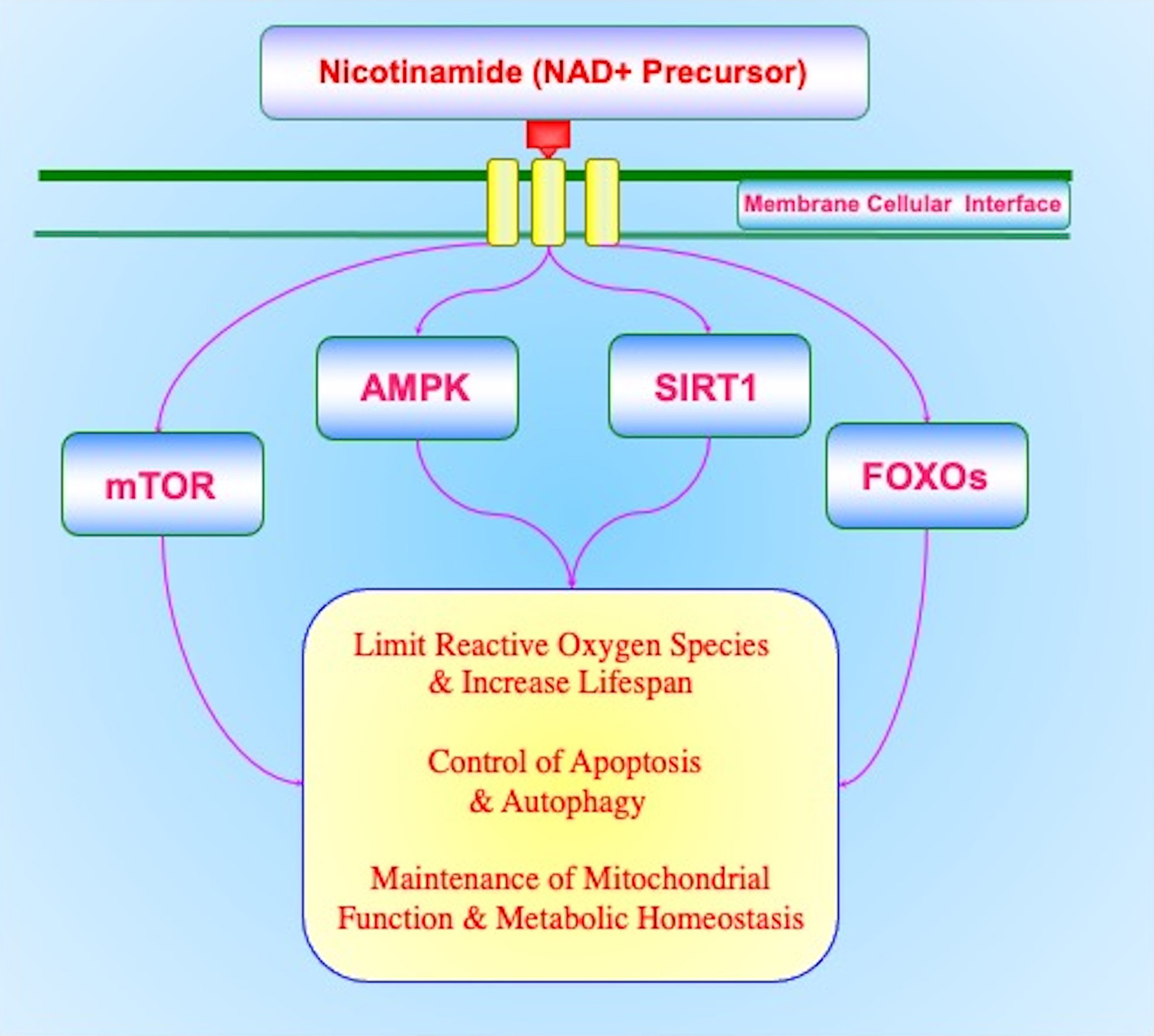Figure 1: Nicotinamide Pathways for Neurodegenerative Disorders and Metabolic Disease.

Nicotinamide is vital for the development of treatment strategies for neurodegenerative diseases and metabolic disorders. Nicotinamide relies upon a complex relationship with the silent mating type information regulation 2 homolog 1 (Saccharomyces cerevisiae) (SIRT1), the mechanistic target of rapamycin (mTOR), AMP activated protein kinase (AMPK), mammalian forkead transcription factors (FoxOs), oxidative stress (reactive oxygen species), apoptosis, and autophagy. Each of these pathways for nicotinamide requires a fine balance in control to maximize clinical efficacy and limit unwanted effects such as cellular demise, mitochondrial oxidative stress, and loss of metabolic homeostasis.
